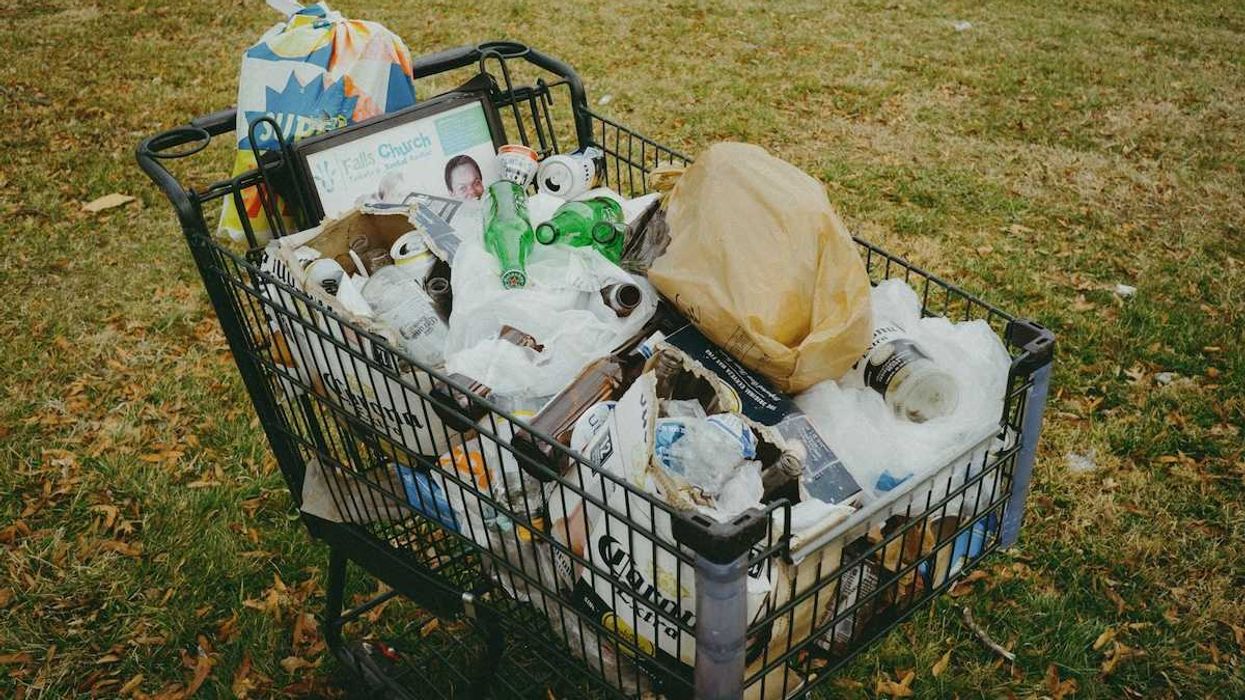A recent study published in Environment International tested 30 different tampons from the US and Europe and found hazardous metals in each one.
In short:
- In total, 16 metals and metalloids were detected in tampons, including highly toxic metals like lead and arsenic.
- These metals were present in both organic and non-organic tampons.
- Tampons come in direct contact with highly absorptive vaginal tissue, potentially increasing the risk of health impacts even at low levels of exposure.
Key quote:
“In general, regulations in the US, EU, and UK protecting consumers from potential contaminants in tampons are nearly nonexistent, and none of these governments requires manufacturers to test their products for harmful chemicals, including metals.”
Why this matters:
Many of the metals and metalloids found in this study are known to have serious health effects, and some, like lead, are so harmful that they have no “safe” level of exposure. Although the FDA classifies tampons as medical devices, they do not require testing for chemical contamination. The authors of this study point to the lack of science around vaginal exposure to toxics and the critical need for more research to assess those risks.
Related EHN coverage:
- Evidence of PFAS found in tampons — including organic brands
- Scented period products bring worrisome toxic exposures. Who’s most at risk?
More resources:
A previous review by this research group identified 15 studies that evaluated the presence of other chemicals in tampons, including toxics like dioxins and furans, polycyclic aromatic hydrocarbons (PAHs), phthalates, parabens, bisphenols, glyphosate and volatile organic compounds (VOCs).
Shearston, Jenni et al. for Environment International vol. 190. Aug. 2024
- Evidence of PFAS found in tampons — including organic brands ›
- Federal rules don't require period product ingredients on packaging labels. States are stepping in ›

















